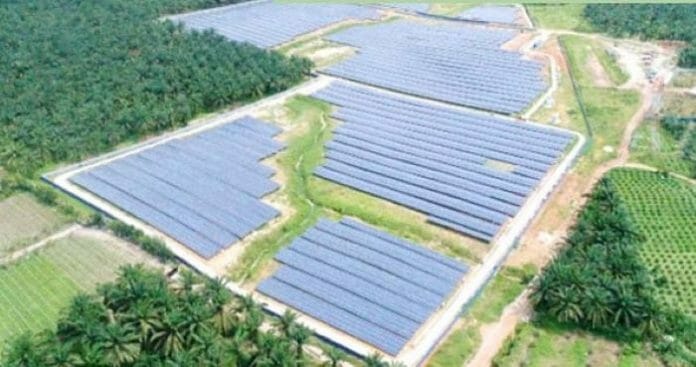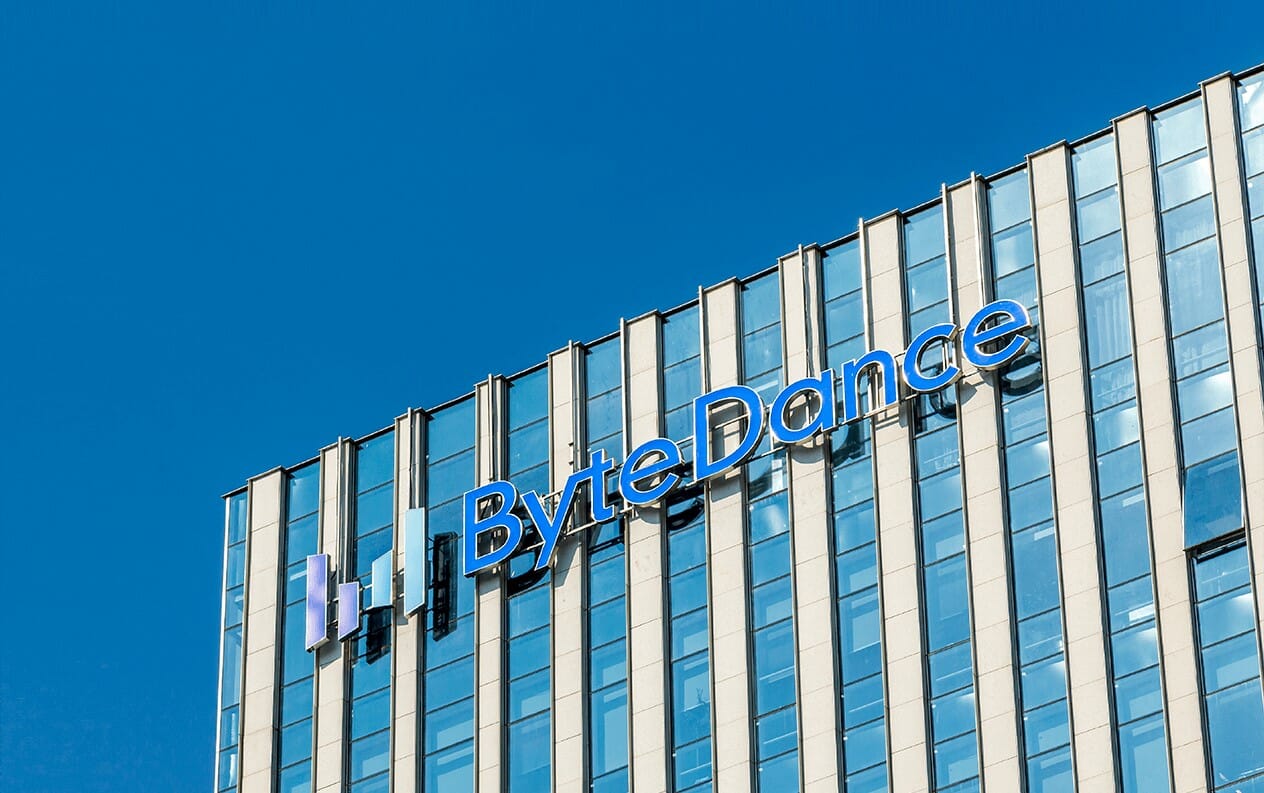Under the National Energy Transition Roadmap (NETR), the government has set an ambitious target of RE making up of 70% of total generation capacity by 2050 (vs. 25% currently) with an aspiration to achieve net zero GHG by 2050.
These targets entail at least 20GW of new RE from now until 2050, of which >90% is expected to come from solar. The government has introduced a laundry list of initiatives to promote investment in solar power generation comprising the Feed-in Tariff (FiT) programme, NEM mechanism, Large-Scale Solar (LSS) and CGPP projects.
Kenanga Investment Bank (Kenanga), in a Sector Update today (June 19), said over the immediate term, the flow of PV system EPCC jobs will come from the CGPP with a completion deadline by end-2025.
Based on Kenanga’s estimates, the 800MWp capacity under the CGPP will translate to RM2.4b PV system EPCC jobs.
Thereafter, the Energy Commission will embark on the 2GW LSS5, the largest LSS programme thus far, in four packages. Under LSS5, developers could bid up to 500MW (vs. only 50MW previously) with operations scheduled to commence in 2026.
Kenanga expects bidders to submit rates that are comparable to LSS4 (i.e. at a project IRR of 8%). They estimate that there will be at least RM5b worth of PV system EPCC jobs coming from the LSS5.
In addition, there is a new additional quota of 500MW (residential: 200MW; commercial: 300MW) under the NEM initiative which will continue to facilitate investment by businesses in solar energy generation assets.
Also, under the Solar For Rakyat Incentive Scheme (solaRIS) (using 100MW NEM quota for the residential segment), participants will be offered rebates ranging from RM1,000/kWac up to RM4,000/kWac.
The residential segment is still significantly untapped.
Based on Kenanga’s estimates, TENAGA (OP; TP: RM14.50) has approximately 9.6m domestic customers but only ~30k have installed the rooftop solar thus far.
Meanwhile, businesses in general, driven by commercial reasons (i.e. to save cost) and ESG considerations, have voluntarily invested in solar energy generation assets following the recent hikes in electricity tariffs.
There could be some near-term volatility in solar panel prices following the production halt by Chinese players in their plants in Southeast Asia, on the heels of a weak export sales outlook on the doubling in the tariff imposed by the US on solar panels imported from China to 50% (from 25%) effective 1 Aug 2024.
Longi has halted all five production lines at its plant in Vietnam and is winding down its operations in Malaysia, Trina is shutting down its plants in Thailand and Vietnam.
Nonetheless, barring widespread plant shutdowns by Chinese players, the world as a whole is still massively oversupplied with solar panels.
Kenanga keeps their projection for average solar module price in CY24F relatively unchanged at 10.7 US cents/W vs.18 US cents/W in CY23, an extension to its multi-year decline.
Meanwhile, there is a growing market for renewable energy certificates (RECs) backed by demand from corporations as they commit themselves to the RE100 initiative (i.e. the goal of using renewable resources for one’s all energy needs) as well as data centres (to achieve the “green” status).
Already, >100 companies in Malaysia, predominantly local units of multinational companies with a combined electricity consumption of 4,334 GWh annually, have committed themselves to RE100.
At present, RE only makes up about 36% of their total energy consumption, pointing to rising demand for RE and RECs. SLVEST offers RECs at a competitive price of USD5-6/MW, vs. USD10/MW of Green Electricity Tariff (GET) of TENAGA, Kenanga said.
Kemanga’s sector top picks are:
• SLVEST for its strong market position, execution track record, clientele and value proposition of its PV system financing programme, and its strong earnings visibility backed by sizeable outstanding order and tender books, and recurring incomes from a growing portfolio of solar assets; and
• SAMAIDEN given its focus on residential and commercial projects that typically fetch higher margins, and similarly, its ability to provide end-to-end solutions, including financing to its customers and strong earnings visibility backed by sizeable outstanding order and tender books.




